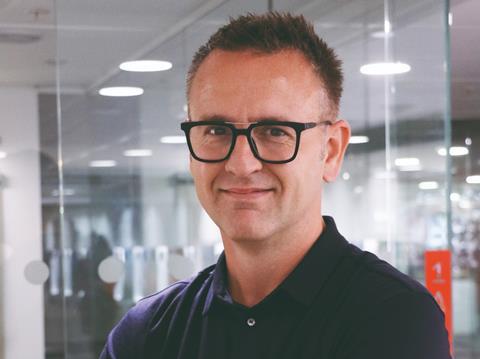There is a clear moral argument for placing building safety above all else, but the business case is what will sway many, says PRP’s Scott Sanderson

Dame Judith Hackitt reinforced her challenge to the housing sector to rapidly improve culture, behaviours and process at the Construction Leader’s Summit earlier this month. The scale of the challenge is clear and daunting: 13,000 existing hi-rise residential buildings, many requiring urgent remediation; tenants and leaseholders continuing to suffer uncertainty and stress; remortgages and sales stalling.
The requirements of the new regulatory framework - now crystallised in the draft Building Safety Bill - present a scenario of fundamental, systemic change. The Safety Bill will drive necessary and welcome improvement, however with full implementation not expected until 2023, Dame Judith is challenging all stakeholders on their motivations and moral obligations to deliver an immediate response.
What digital evidence-base will any individual duty holder (never mind their insurers) require to sign off and confirm a building as safe for occupation?
It is well documented that UK construction suffers from a pattern of siloed behaviour, innovation inertia and adversarial, low margin procurement. The value judgements which underpin these behaviours and processes need to be completely recalibrated.
Key challenges remain around the following areas:
- Teams that have perceived value in specification flexibility, market speculation and late decisions. In these cases value judgements must shift to early decision-making, direct specification and fixity;
- Ambiguity around responsibilities for decisions, coordination, change management and approvals. This can no longer be tolerated;
- Competencies, including digital competencies, which need to be a vital component in team selection;
- Safety and quality, including information quality, which need to dominate decision-making, ahead of programme and price.
And processes must shift too. The new model for briefing, design development, decision-making and approvals must be evidence-based, granular and digitally recorded.
> England still has 17 occupied high-rise buildings with no plan to remove ACM cladding
> The Building Safety Bill explained
> Graham Watts: How competent are you?
Step-forward, say two years, to imagine a ”gateway three” exchange with the new building safety regulator on a high-rise residential project. What digital evidence-base will any individual duty holder (never mind their insurers) require to sign off and confirm a building as safe for occupation?
In this respect Dame Judith’s golden thread concept is key, albeit perhaps still a little abstract to many and certainly currently lacking detail at a practical, project, process level. That is where industry needs to respond (and many, including BIM 4 Housing are), by working ahead of the regulation dates to establish the questions and responses which will be needed to make this all work.
What about procurement?
While design and build continues to dominate, it is clear this model is going to be seriously challenged. Interesting also to note that traditional and intermediate forms are favoured by many for remediation projects where, understandably, specification certainty and quality are key. Perhaps a pointer for the trend ahead for new build? Maybe, but design and build can and should still have a place as the skills and experience contractors bring will be even more important under the new regime. Design and build can survive, but we do need to shift the value judgements, speculate less, trust and collaborate more and focus on quality.
Of course, trust and collaboration require confidence. Confidence in individual team members, in process, in information and in accuracy. We work in one of the least digitised industries, generally on bespoke projects, where significant amounts of information is used once and discarded. This must change. We need to elevate focus on digitisation, standardisation, offsite manufacture, information quality and retention. This is where BIM is key.
Dame Judith correctly appeals to our moral judgement. There are business drivers too. Individuals and organisations which fail to adapt will increasingly find themselves out of sync with the mood and movement in the market. And perhaps even in short order, blocked from new business. Is this ‘Modernise or Die’ made real?
Scott Sanderson is a partner at PRP, which is a founding member of BIM 4 Housing




























No comments yet